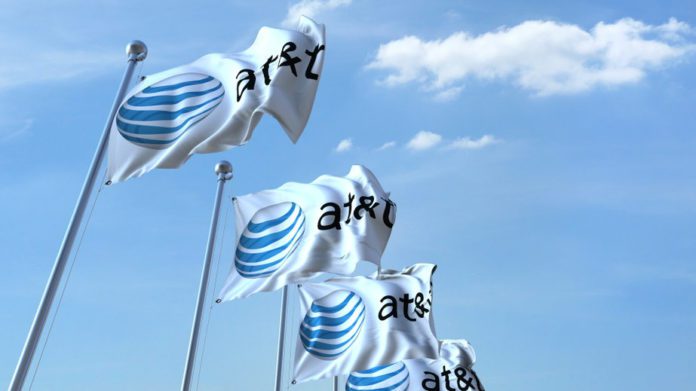Inflationary pressures continue to affect AT&T’s business, but the company is seeing strong wireless growth and CEO John Stankey said that there is no single factor enabling this, but instead a multitude of them, from its FirstNet contract to its focus on fiber.
Stankey said at this week’s Goldman Sachs Communacopia + Technology conference that while it’s possible that some inflationary impacts may be at their peak, there may still be broad impacts that remain to be seen. “The best thing that we can do is we continue to work really aggressively on the cost side of the equation,” he said. “The economy, from a volumes perspective and our customers’ willingness to use our products and services, still remains really strong.” But, he continues, AT&T is seeing “cost of inputs rising literally at every portion of the business.
“If this goes on for too long, it’s not going to be good for any socioeconomic group in the economy. But we’ve definitely seen it hit more in the lower socioeconomic strata right now,” he continued. “But generally speaking … they’re holding their own. … Generally speaking, it seems that people who want to work can work and they’re able to pay the bills.” He added that AT&T hasn’t seen further deterioration of bad debt/the inability of customers to pay their bills from earlier this year.
Asked about the company’s wireless customer growth momentum, which includes adding more than 3 million postpaid phone customers in the past 12 months, Stankey said that most of its success in this area is not based on promotion. Rather, he credited AT&T’s “sustained investment” in its public sector market position, particularly the build-out of the FirstNet network, that has “allowed us to penetrate into a segment that we were previously grossly under-penetrated in. And we’ve seen that same dynamic move into the upper end and mid-part of the business market, where our share performance has improved. Those are not typically places where the promotional dynamics are driving anything. It’s about distribution and having a better product.”
He also credited cross-selling wireless with AT&T’s fiber products, saying that “When we’re growing 300,000-plus fiber customers a month, it gives us a very unique opportunity to talk to customers about other products and services. That’s not promotion. That’s about a customer interaction and being able to sell a bundle of service to them. … We have a leading customer sentiment in the fixed [broadband] space … [and] we are working that really hard when we bring on a new fixed customer, how do we move [them] into wireless?”
AT&T had more than 6.5 million fiber customers at the end of the last quarter and a fiber network that passed about 18 million customer locations; it has said that it intends to expand that by as many as 4 million locations a year until it gets to 30 million.
Additionally, Stankey said that going forward, he “[wants] the brand to expand a bit” from a “square deal” to an association with better performance-related attributes.
“I don’t want it to just be about a square deal for a customer of ours,” Stankey said. “I want them to think about attributes of the brand that are more flattering to AT&T, and we’re doing a lot of work on how we back that up, that we balance that out.” He led from that comment into the impact that AT&T expects midband spectrum to have on its network, saying that AT&T has now been able to start turning up its midband spectrum and “in metropolitan areas, the performance we’re getting out of it is really, really good. I think that will be a big lift on what is already a strong network.”

